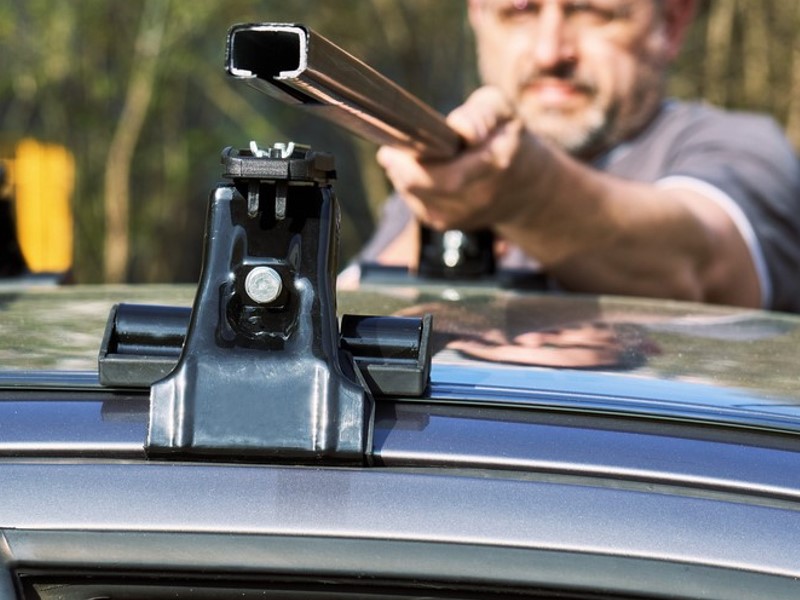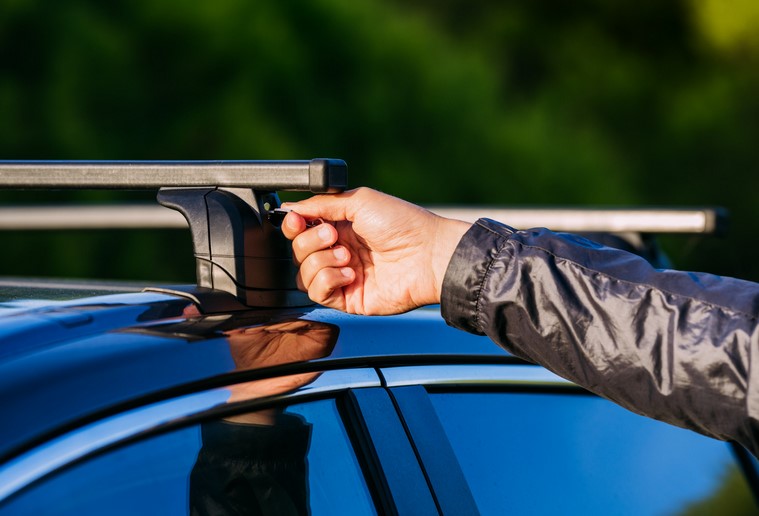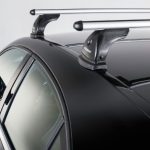Cargo Roof Racks for Car Safe Driving Tips
Are you gearing up for your next camping getaway? Do you plan to spend your holiday season with a long drive to your favourite destination? Or maybe your vehicle just needs additional storage space? Whatever your needs may be, it’s incredibly beneficial to have quality cargo roof racks for car.
But there’s a catch, though. While it’s true that roof racks can increase your cargo capacity, your current driving habits will need a few adjustments here and there to ensure complete safety not only for yourself but also for your passengers, your vehicle, and others on the road.
Here are some important tips you should remember to enjoy a safe ride with a roof rack fitted on your car:
Table of Contents
Watch Out for the Wind
High winds can be a serious concern if you’re driving at full speed. Wind gusts and high winds can make your driving worse if your vehicle is fitted with a roof rack. Try to cut down your speed if you’re driving during extremely windy conditions.
Be in full control of your vehicle by keeping both your hands on the steering wheel. You might want to pull over first if the wind becomes too strong and wait for the conditions to get better.
Ask for a Helping Hand When Packing and Unpacking
Since using cargo roof racks for car means you will be unpacking and packing something off the ground measuring 6 to 8 feet, you might want to ask for a helping hand to do the job. Every time you stand on the ladder, avoid going beyond two steps from the top. Make sure your helper stands on the ground to pass you one item at a time.

Make sure you also lower and raise items slowly. Your one hand should always stay on the car or the ladder to keep you stable. Grab just one object at a time when you load or unload. Asking for help will save your muscles from strains and prevent injuries along the way.
Mind Your Speed
It’s also recommended to drive at 5 miles per hour or so under the posted highway speed limit. This is critical since the roof rack will only increase wind resistance. Refer to the manual to confirm if there are speed limitations since roof racks all have specific maximum speed limits.
Avoid making sharp turns or changing lanes all of a sudden since these will only make your luggage shift around or the rack itself might become unstable.
Observe More Distance
Any extra weight on your car will only make it more difficult for you to accelerate and stop when needed. See to it that you increase the distance between you and the car right in front of you.
Try to double the normal distance you make. For example, rather than the usual 2 seconds, consider leaving a distance of 4 seconds. Doing this will give you adequate time to react to sudden turns and stops and prevent collisions.
Ensure Proper Roof Rack Installation
Read the instruction manual carefully. Cargo roof racks for car should be tight enough to grip your vehicle’s bars without being too tight as it will only cause severe damage to your car’s roof. You also want to avoid scratching the paint job when installing the roof rack on top of your car. And once again, make sure you have a helper to lend you a hand during the installation.

Determine the Height of Your Car
It’s also important that you’re aware of the height of the car where you plan to install your roof rack. You also need to pay close attention to the specific dimensions of common low-distance obstacles including parking garages, bridges, and overpasses.
Accidentally hitting an overpass can make both the roof rack and your car sustain severe damage. You might also want to keep an eye out for narrow spaces, low spaces, and low-hanging branches. All of these obstacles might end up damaging the roof rack.
Inspect the Roof Rack Often
Always check the roof rack for signs of wear and tear or any damage before installing it on top of your car. Make sure that you have tightened all the screws and bolts properly.
- The rack itself must also have a secure attachment to your car. While you’re at it, you might also want to inspect the bungee cords or straps that secure your luggage. See to it that they are not damaged or frayed in any way.
- Look over your roof rack when taking bathroom breaks, meal breaks, or rest stops to confirm that it’s still intact and stable.
- If you notice a sudden change in the aerodynamics of your car, you might want to pull over first and examine the roof rack to make sure that everything is safe and sound.
Keep Your Luggage Secure
Failure to load your luggage properly will only result in some serious issues while you’re driving. See to it that you pack your luggage tightly to ensure that it doesn’t shift around or become unstable. Unwanted shifting will only loosen up the cargo roof rack or its top may also come off.

Use straps or bungee cords when securing your luggage to cargo roof racks for car and ensure that things are all tightly fastened. Shake the roof rack a bit before hitting the road to make sure that things are all secure.
Always make it a point that everything is loaded safely when packing the roof rack. Avoid fitting extremely heavy items on it. Use a ladder that is taller compared to your car or buy an accessory that you can attach to the outside of the vehicle that will help you climb and load the rack. Once again, ask for assistance when you pack and unpack the roof rack.
Last but not least, it’s also extremely important to never go beyond the weight rating of cargo roof racks for car, or else, the roof of your car might start bending or sinking in which may lead to permanent damage.










